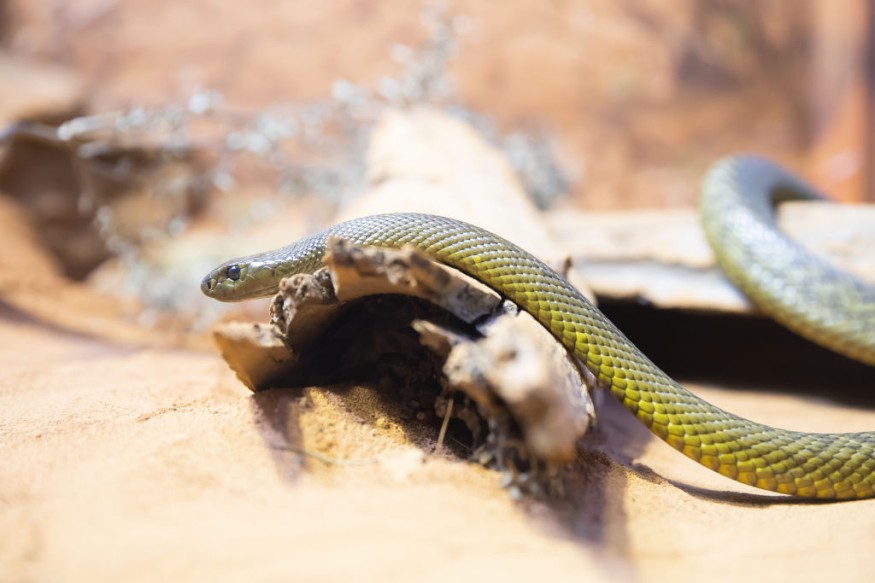The fauna of Australia consists of a huge variety of animals, wherein 93% is composed of endemic to the continent. Known for its unique yet "deadly" wildlife, Australia is also inhabited by two of the deadliest species of snakes - Tiger and Eastern brown snakes.
New study reveals a surprising origin of the two most venomous snakes in Australia. Upon analyzing the genome of the two front-fanged species, scientists suggest that their ancestors arrived in the continent by sea, rather than land, according to Mail Online.
Researchers from the University of Adelaide traced the timeline of their arrival, but remains unclear. However, they hope their findings can shed light on these deadly species and how they came about.
Mysterious origin of iconic Australian snakes

In a paper published in Genes, University of Adelaide researcher showed tangible evidence that two of Australia's most venomous snakes arrived by sea rather than by land - the dispersal route of most other Australian reptiles. The Tiger snakes which are large and highly venomous and "prefers escape over conflict, and brown snakes which are smaller in size but "has the unfortunate distinction of causing more deaths from snake bite than any other species of snake in Australia," The Australian Museum explained.
"In our research we found a number of genes that were present in the ancestor of all Australian elapids but could not be traced to a snake ancestor; instead, they could be traced to similar transposable gene sequences found in marine life, including fish, sea squirts, sea urchins, bivalves, and turtles," author of the study Professor David Adelson said in Science Daily.
According to the author, this indicates that the snakes' genetic material was transferred from marine environment, and must have previously acquired it during an ancestral period when they were adapted to marine life.
Land to marine transition of marine snakes
The researchers' findings supported the argument that the first Australian elapids swam to their shores. Of the identified 14 distinct transfer events of the new genetic material from other marine organisms, eight genes were "uniquely present" in the marine and semi-marine sea snake genomes, while 8-12% of the total genome sequence was found in semi-marine snake genome.
"This meant that we could unambiguously determine the major genetic differences between land and marine/semi-marine snakes were a consequence of migration into a marine environment," said Professor Adelson.
He notes that it is the first time that jumping genes have been used to confirm the evolutionary history of any animal species, proving that the common ancestor of all Australian elapids adapted to a marine environment and reached Australia from Asia via a marine route.
"It may also have made it easier for the subsequent land to marine transition of sea snakes," he added.
The team concluded in their survey of elapid genomes that their diversity and level of expansion varies significantly and were much greater than what has been reported for mammals and birds.
This also indicates that novel environments may play a large role in genetic transfer. Additionally, higher quality of genomes will allow a better understanding of these transfer events and the role they play in adaptive evolution.
© 2025 NatureWorldNews.com All rights reserved. Do not reproduce without permission.





